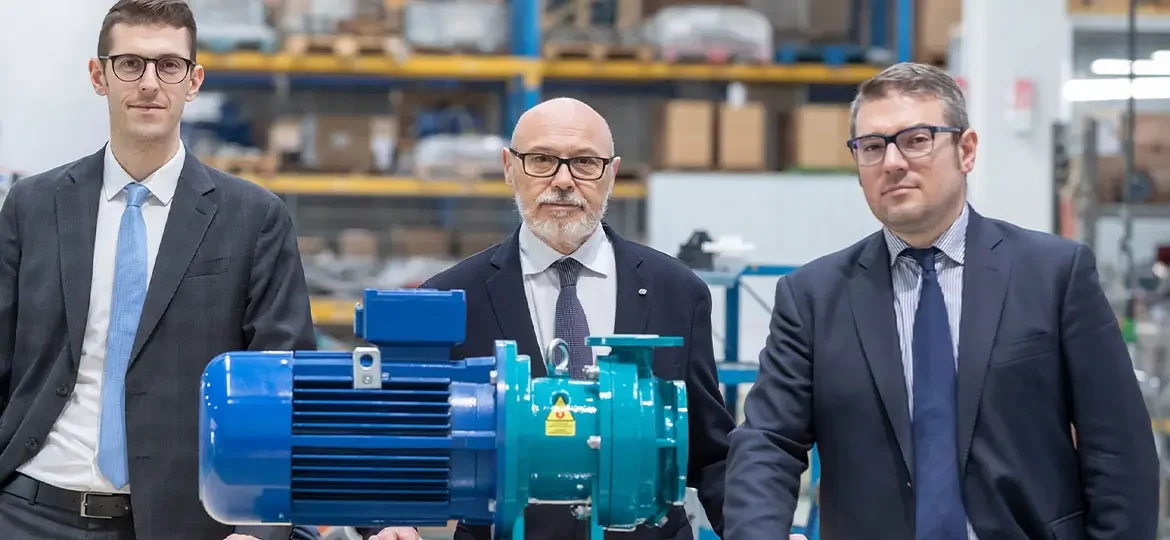
When and why to demand pumps that comply with EU directives for safety in potentially explosive working environments.
In certain working environments, the presence and dispersion of flammable substances or solvents in the air can, under specific conditions, create a potentially explosive mixture. This mixture becomes highly dangerous when it encounters a source of ignition, potentially leading to a violent explosion and subsequent fire. For such a hazardous situation to occur, three critical components must be present simultaneously, forming what is known as the ‘combustion triangle’:
- Fuel: This refers to any combustible material such as dust, gas, or vapor that can be dispersed into the air. When this fuel is present in sufficient quantities and is properly dispersed, it can easily sustain a combustion reaction when ignited.
- Fuel Agent: Typically, this is oxygen, which acts as an oxidizer to support the combustion process. The presence of oxygen in the air helps to maintain the chemical reaction required for an explosion. Other oxidizers can also serve this role, but oxygen is the most common.
- Ignition Source: This is an energy source capable of initiating the combustion process. It could be a spark, an open flame, static electricity, or any other form of energy that can ignite the flammable mixture. The ignition source triggers the chemical reaction between the fuel and the oxygen, leading to an explosion.
The combination of these three elements creates a volatile environment where the risk of explosion and fire is significantly increased. To prevent such dangerous situations, it is crucial to implement comprehensive safety measures. This includes controlling the concentration of flammable substances in the air, managing oxygen levels to avoid excess concentrations, and eliminating or controlling potential sources of ignition. By addressing these factors proactively, it is possible to mitigate the risk of explosive incidents and ensure a safer working environment.